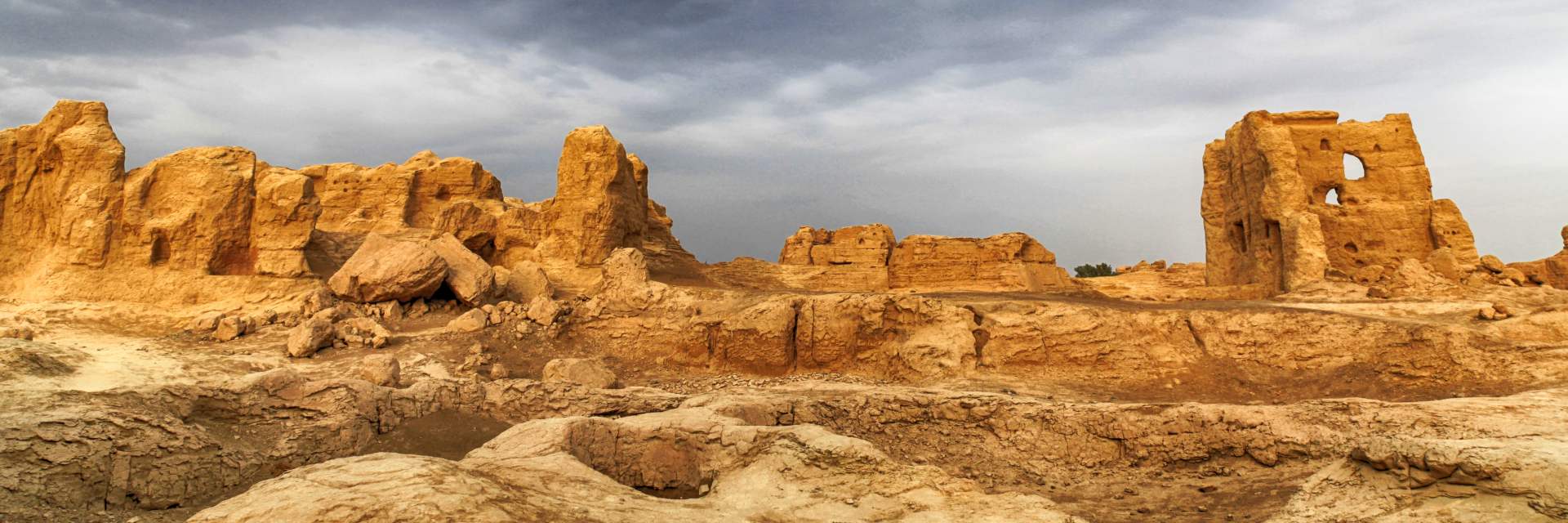
Ultimate North Xinjiang Travel Guide
Hi, I’m Leo, and I’ve spent years exploring the vast landscapes of China, with a particular passion for the remote and stunning regions like Northern Xinjiang. Having traveled there multiple times, including a memorable road trip in 2025, I can tell you it’s a place where nature’s raw beauty meets cultural depth in ways that leave a lasting impression. In this north Xinjiang travel guide, I’ll share objective insights based on the latest travel info as of August 2025, blended with my personal opinions and suggestions to help you plan an unforgettable trip.
Northern Xinjiang, encompassing areas like Urumqi, Karamay, Altay, Tacheng, Changji, Shihezi, Beitun, Kokdala, Ili, and Bortala, leans heavily toward breathtaking natural scenery—think snow-capped mountains, expansive grasslands, and crystal-clear lakes—contrasting with the more cultural focus of Southern Xinjiang.
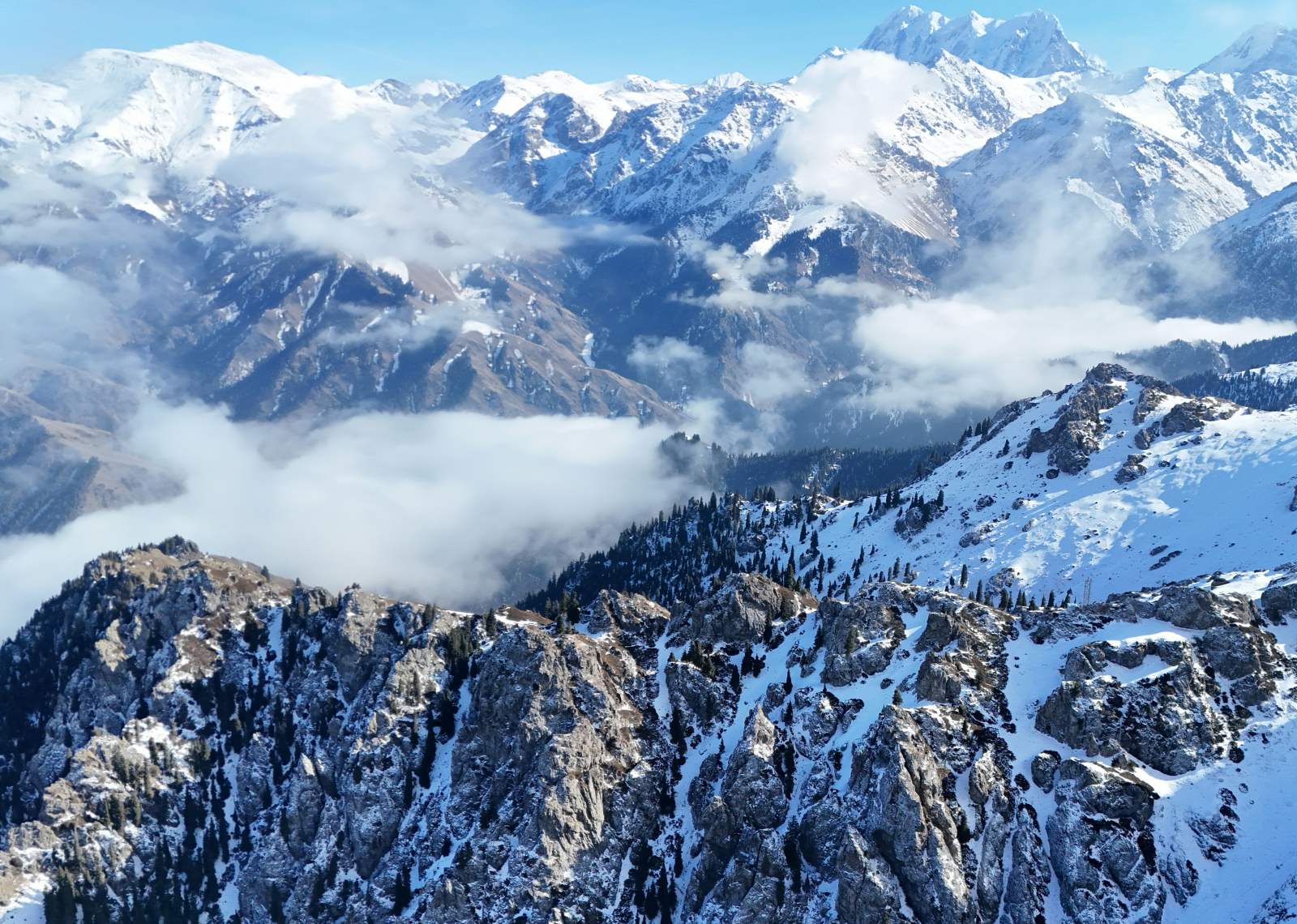
Scenic Spots You Can’t Miss in North Xinjiang
Northern Xinjiang is a treasure chest of natural wonders, each offering a distinct and captivating experience. Here are some of my most cherished spots, which I believe are essential for any traveler seeking to truly understand the region’s allure.
The Mystical Kanas Scenic Area
Without a doubt, the Kanas Scenic Area is the crown jewel of Northern Xinjiang. Nestled within the Altai Mountains, it encompasses a national geopark, forest park, and nature reserve. Kanas Lake itself is a mesmerizing spectacle, famous for its ever-changing colors and remarkably clear, tranquil waters. The three iconic bays within the park—Fairy Bay, Moon Bay, and Wolong Bay—are particularly enchanting, especially when shrouded in ethereal mist during the early mornings. I highly recommend taking the 4.5 km trail connecting Fairy Bay and Wolong Bay; it offers an intimate encounter with the crystal-clear Kanas River, a truly refreshing experience.
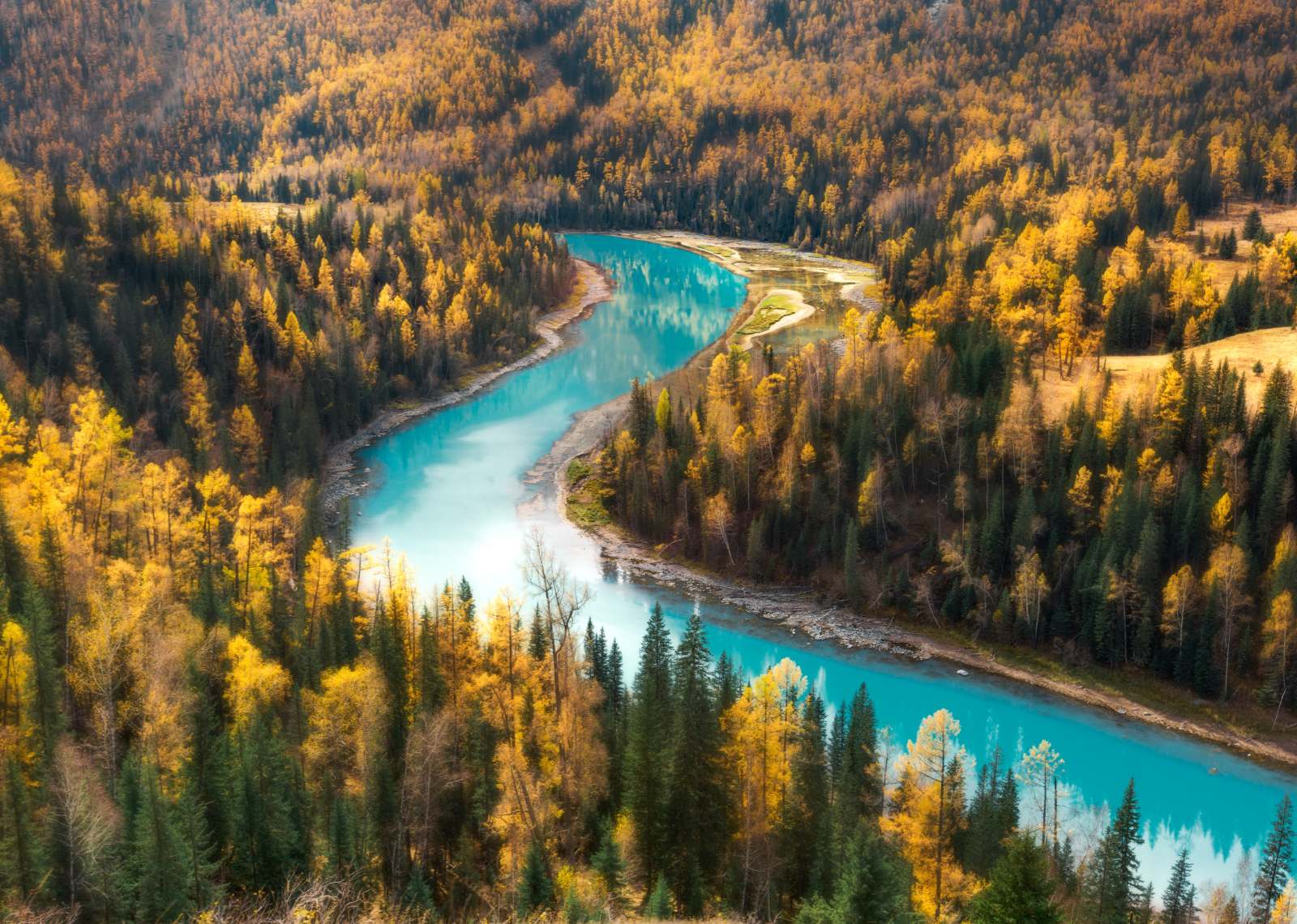
Hemu Village: A Photographer’s Dream
Often hailed as “the last pure land in China,” Hemu Village is a hidden gem in the Altai Mountains. This picturesque Tuvan village, with its charming wooden cabins and grazing horses, is surrounded by lush alpine meadows and snow-capped peaks. It’s a haven for photographers and anyone yearning for tranquility. I’ve spent quiet mornings here, simply soaking in the serene beauty, and found it to be one of the most peaceful places on earth. Staying overnight in a local guesthouse provides an authentic glimpse into the Tuvan lifestyle, an experience I highly recommend.

Sayram Lake: The Atlantic’s Last Tear
Known poetically as “The Last Tear of the Atlantic Ocean,” Sayram Lake is the largest and highest alpine lake in Xinjiang, situated near the Kazakh border. Its crystal-clear waters reflect the surrounding mountains, creating a surreal and breathtaking landscape. The area around Yining (Ili), where Sayram Lake is located, is particularly stunning, especially in summer and autumn when the pastures are vibrant green. I always advise travelers to visit during the golden hours of early morning or late evening when the light enhances its magical quality. Consider an overnight stay in a lakeside yurt on the south shore; the Milky Way, brilliantly visible due to strict light-pollution rules, is an unforgettable sight.
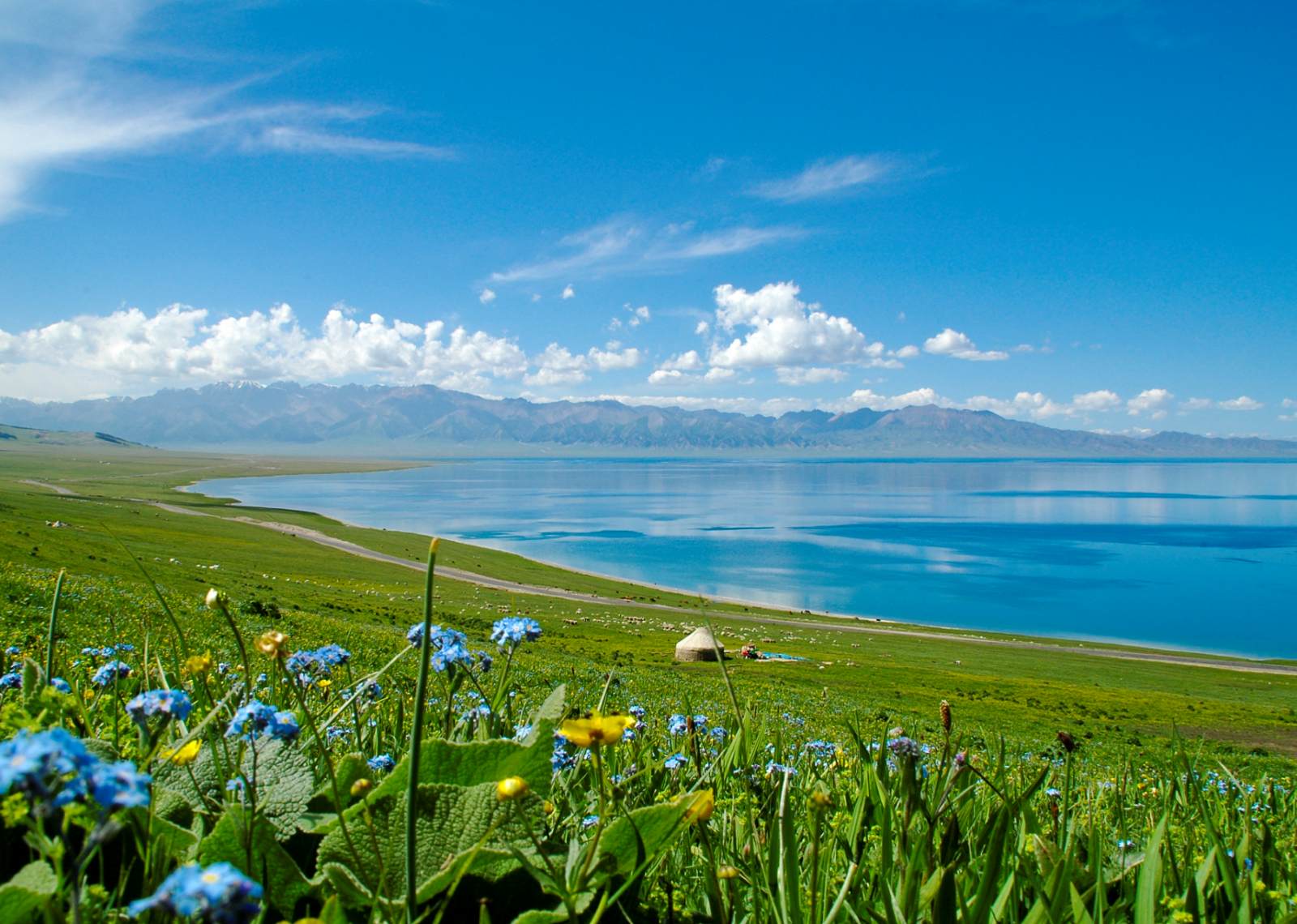
Nalati Grassland: Expansive Pastoral Beauty
While many travelers flock to the more famous Bayinbuluk Grassland, Nalati Grassland (also known as Narati Grassland) is a lesser-known but equally magnificent gem. Located in the heart of the Tianshan Mountains, it offers breathtaking views of rolling hills, grazing yaks, and crystal-clear streams. As one of the world’s four great high-mountain valley grasslands, its vast expanse, with towering snow mountains as a backdrop, is breathtaking. I highly recommend spending a night in a Kazakh yurt to experience a traditional feast and the warm hospitality of the locals. Horse trekking permits can often be arranged on-site, offering an exhilarating way to explore the wildflower-laden slopes.
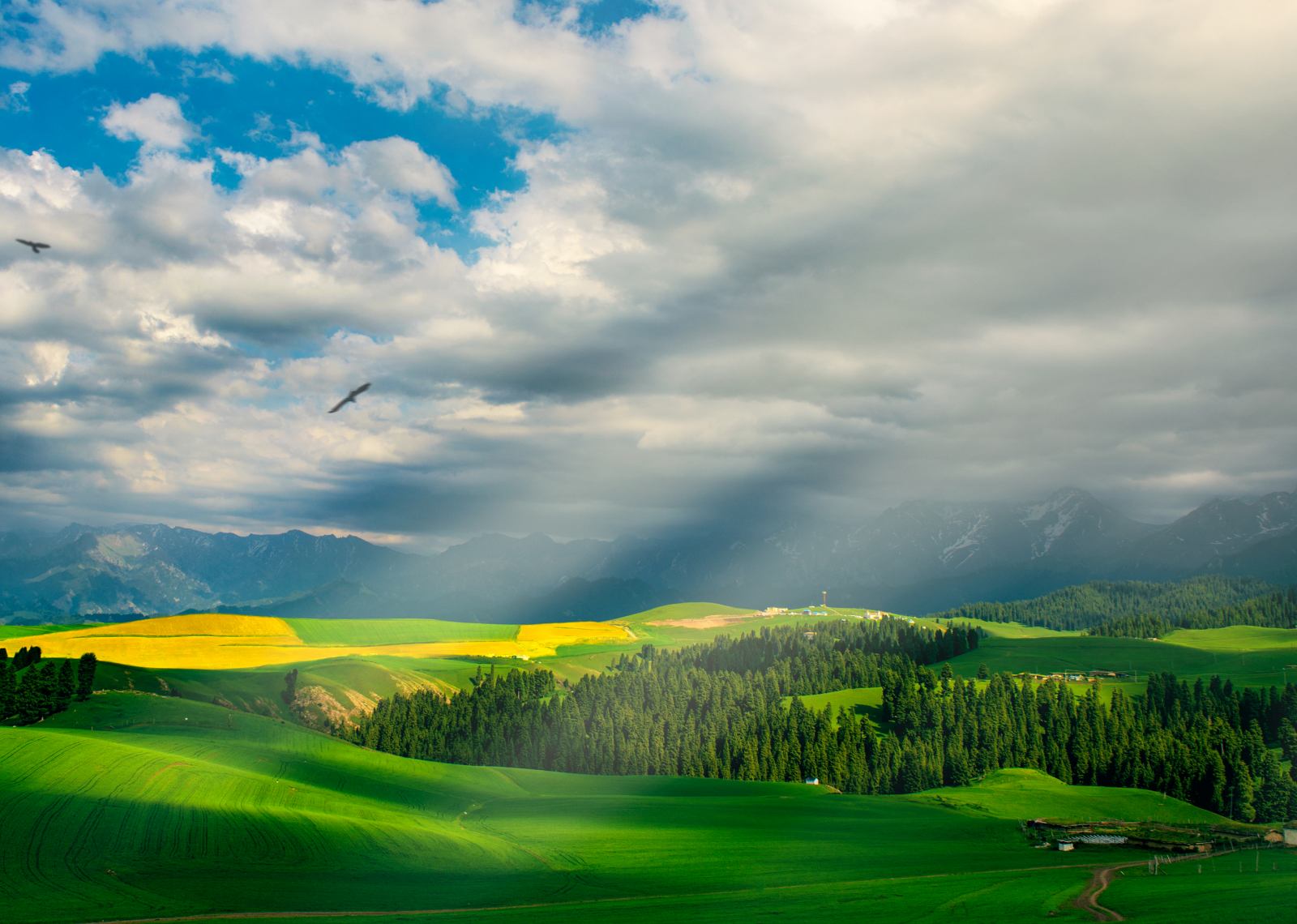
Heavenly Lake (Tianchi): A Serene Alpine Gem
Situated about two hours from Urumqi in the Tianshan Mountains, Heavenly Lake is a popular and deservedly so destination. The emerald waters reflecting the majestic Bogda Peak, the highest summit in the eastern Tianshan Mountains, create a postcard-perfect view. While it can draw crowds, taking the 8 am shuttle and hiking clockwise to Maya Ridge before the tour boats arrive offers a more serene experience. The scenery is simply captivating.
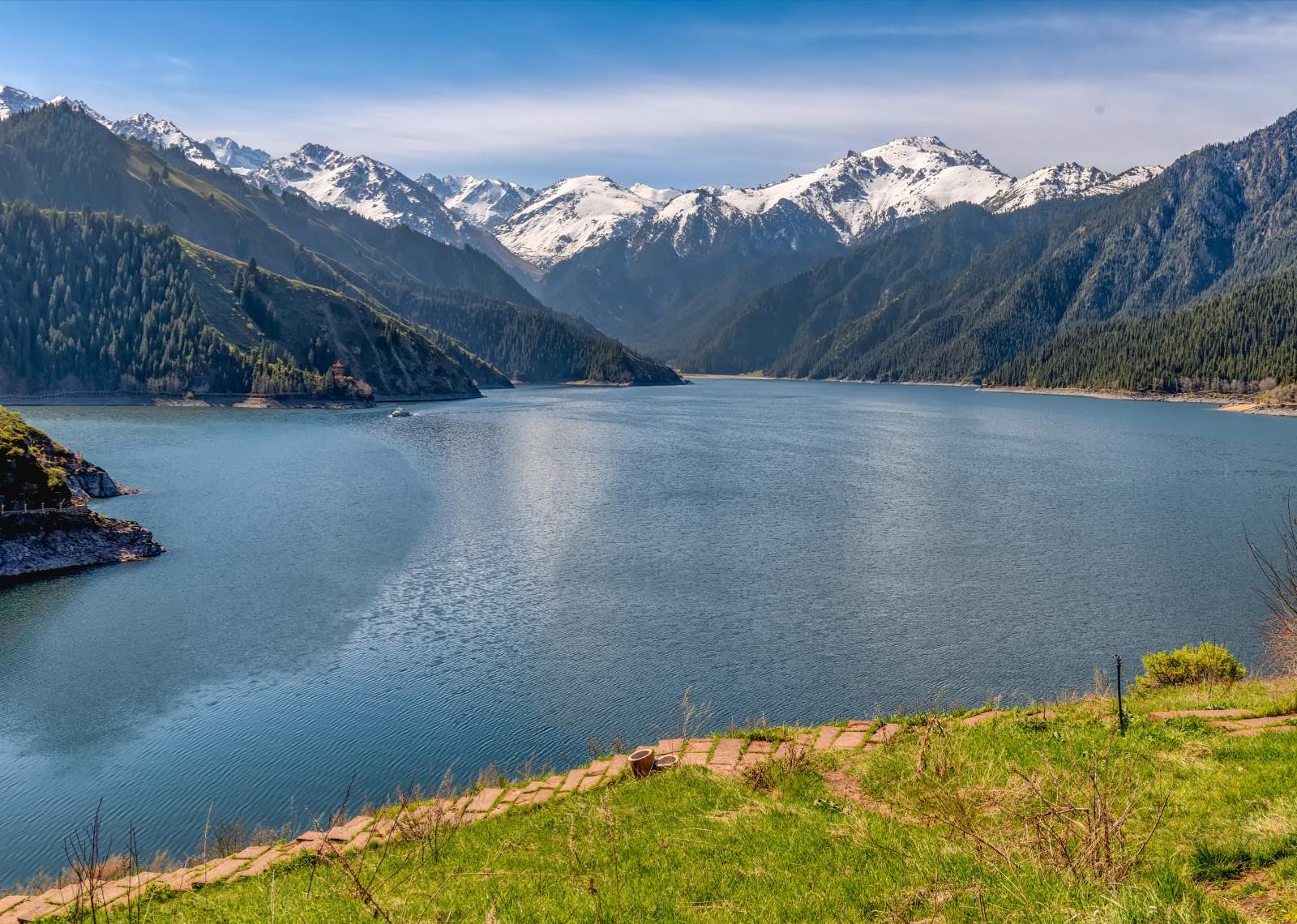
Duku Highway: A Road Trip Through Wonders
The Duku Highway (G217) is, in my opinion, one of the most scenic routes in all of China. This 561 km road connects Dushanzi to Kuqa, winding through snow-capped mountains, alpine lakes, vast grasslands, glaciers, and red sandstone gorges. It’s typically open from June to October. I always suggest driving north-to-south, as the daylight perfectly illuminates the canyon walls in the afternoon, and traffic tends to be lighter. Stopping at viewpoints along the highway is a must to capture the ever-changing and breathtaking landscapes.

Other Noteworthy Destinations
Beyond these primary attractions, Northern Xinjiang offers a plethora of other fascinating sites:
- Ghost City (Karamay): Also known as the “Wu’erhe Wind-Carved City,” this geological marvel in Xinjiang showcases eerie rock formations sculpted by centuries of wind erosion, creating a surreal, ghost-town-like landscape. The best time to visit is at sunrise or sunset when the rocks glow in vibrant reds, oranges, and golds, enhancing their otherworldly beauty. Photographers and nature lovers flock here to capture the striking interplay of light and shadow.
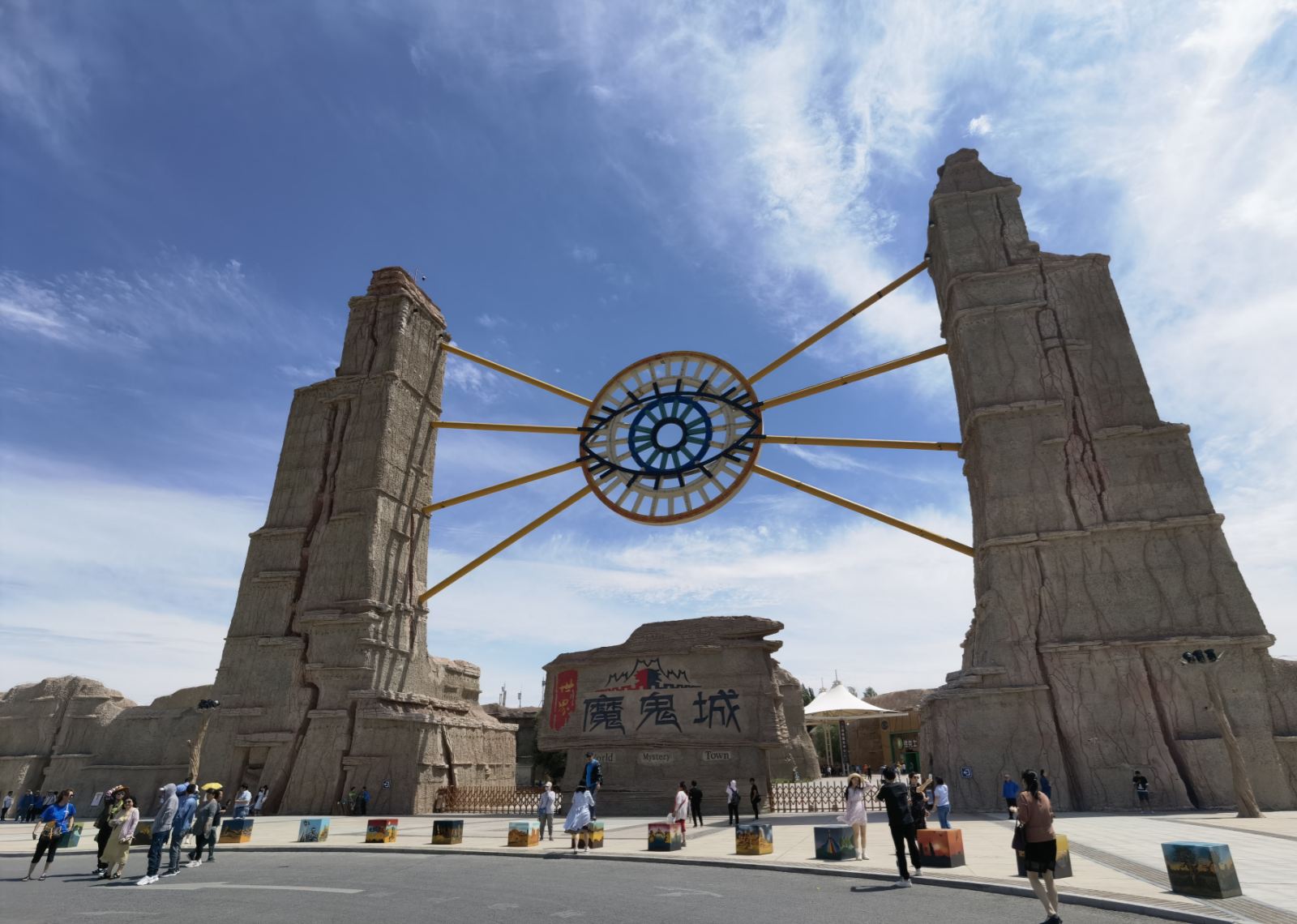
- Five-Colored Beach (Wucaiwan): Nestled near Burqin, this breathtaking site dazzles visitors with its rainbow-hued rock formations, formed by mineral deposits and erosion. At dawn and dusk, the cliffs blaze with intense reds, yellows, and purples, creating a mesmerizing spectacle. The nearby Irtysh River reflects these colors, making it a paradise for photographers and hikers seeking unforgettable views.

- Keketuohai National Park: Located in the Altay region, this park is often called “China’s Yosemite” for its towering granite cliffs, lush valleys, and the stunning turquoise Irtysh River winding through the gorge. Hikers can explore scenic trails, while drone enthusiasts capture sweeping vistas of the rugged landscape. Autumn adds golden foliage, enhancing its dramatic beauty.
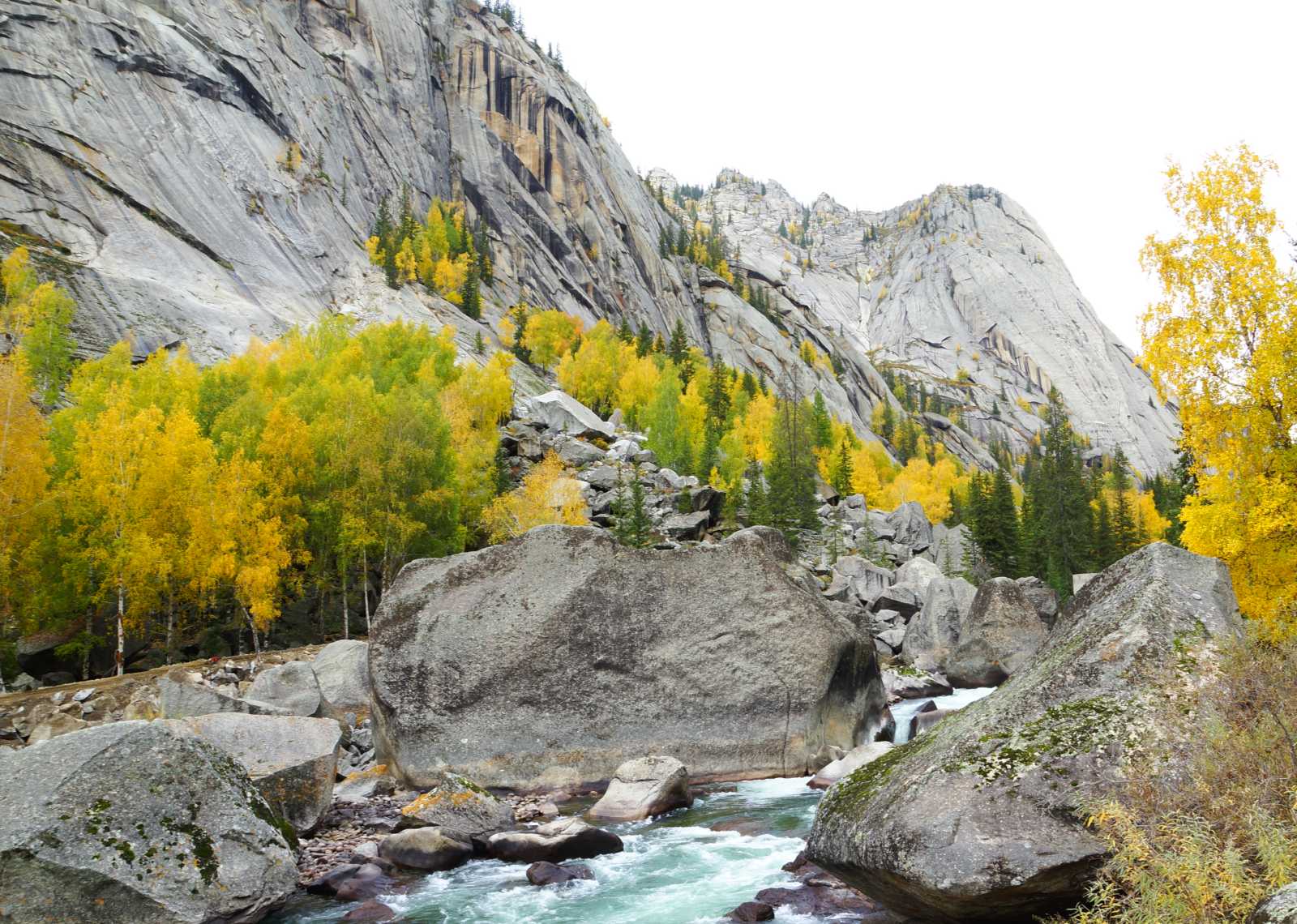
- Anjihai Grand Canyon: A hidden gem in Xinjiang, this canyon features dramatic red sandstone formations carved by wind and water over millennia. Less crowded than other parks, it offers serene sunset hikes with breathtaking views of the rugged cliffs glowing in warm hues. Adventure seekers and photographers will find its raw, untouched landscapes truly captivating.
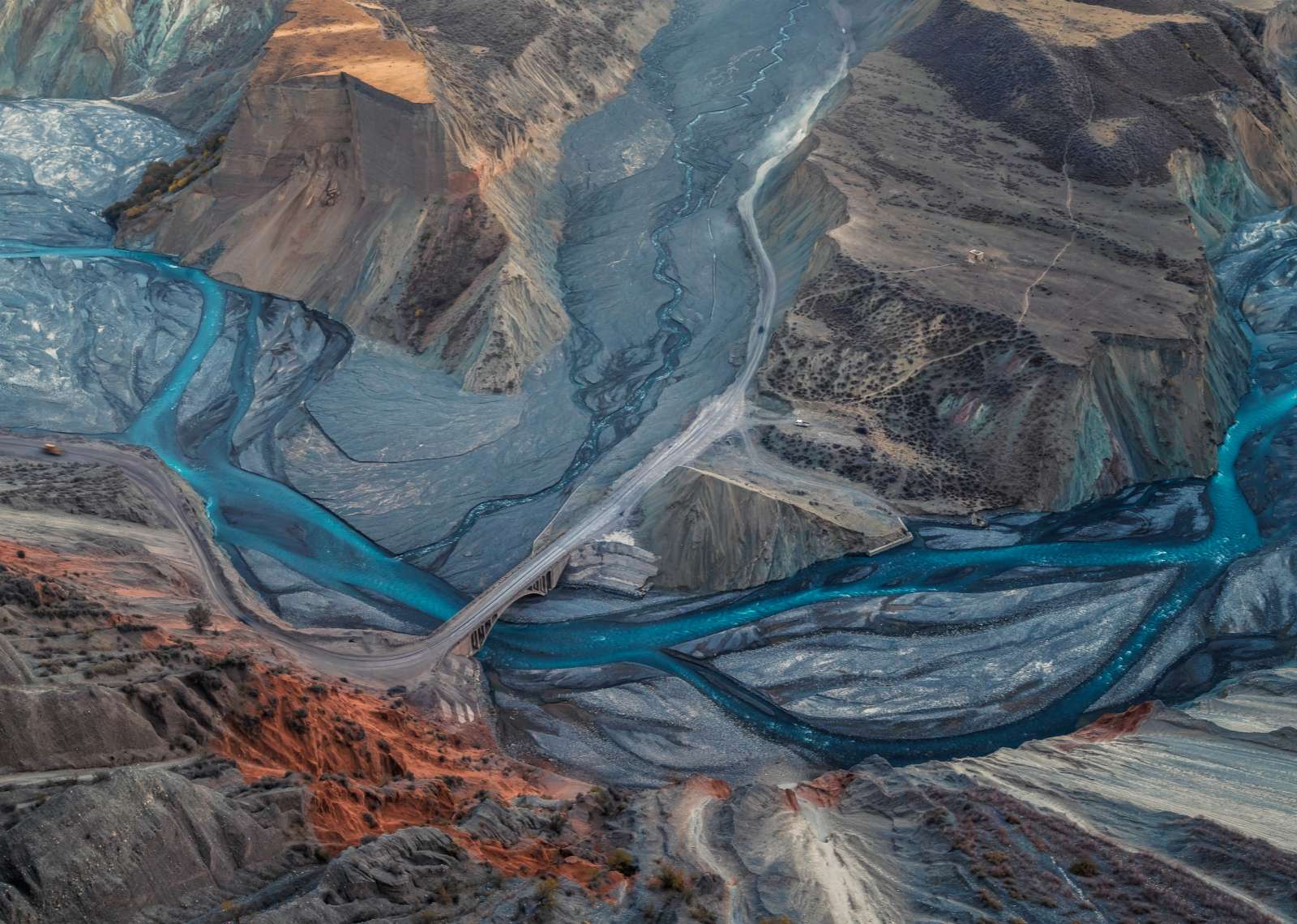
A Taste of Northern Xinjiang’s Unique Culinary Traditions
Northern Xinjiang’s food culture reflects its rich nomadic heritage and Central Asian influences. Here are the region’s must-try specialties:
- Lagmen (Hand-Pulled Noodles): Chewy wheat noodles served with savory meat and seasonal vegetables, showcasing Kazakh and Uyghur techniques.
- Kazakh Shashlik: Juicy skewered lamb or chicken, charcoal-grilled with cumin and chili—best enjoyed at local night markets.
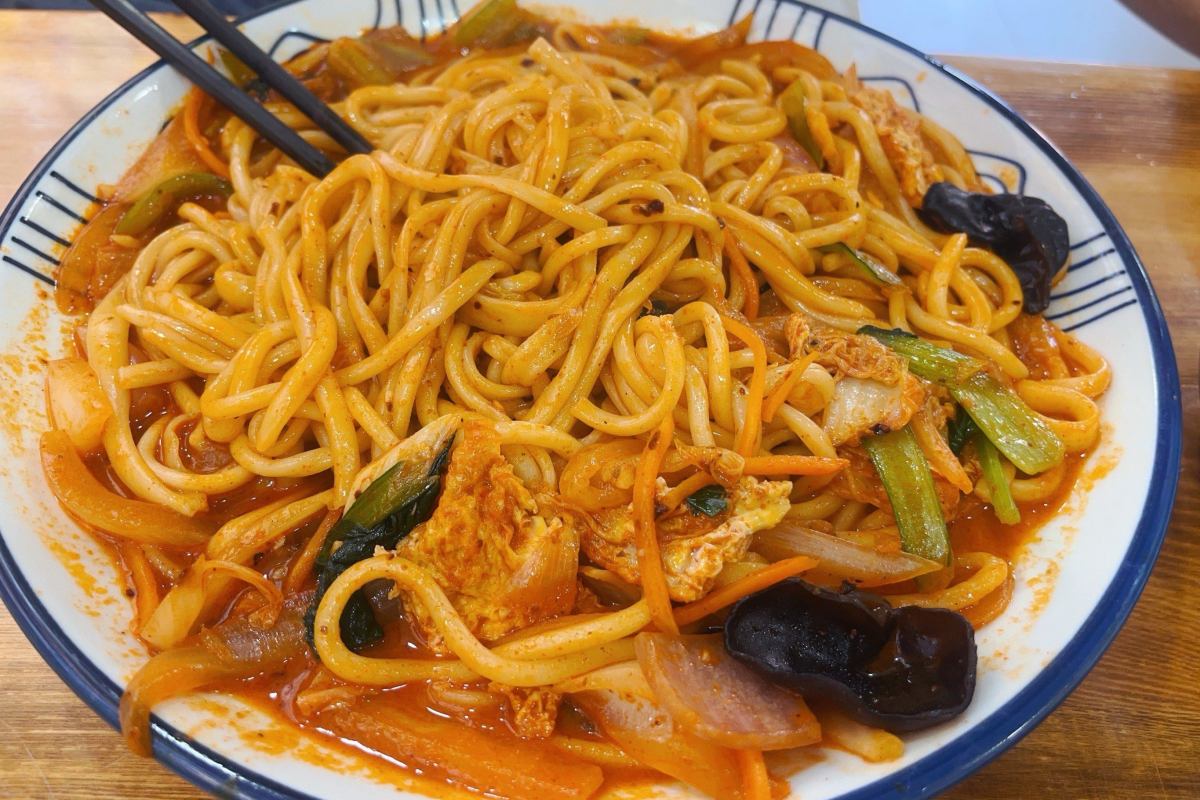

- Nang Bread: A sturdy, golden-crusted flatbread, traditionally baked in tandoor ovens and paired with stews or dairy.
- Dapanji (Big Plate Chicken): A hearty Ili Valley specialty featuring free-range chicken braised with potatoes, bell peppers, and local apricots for a sweet-savory depth.


Each dish tells a story of alpine pastures, Silk Road exchanges, and age-old nomadic traditions—making dining here a cultural adventure.
Essential North Xinjiang Travel Insights & Tips
To ensure a smooth and enriching journey through Northern Xinjiang, here are some practical tips based on my own experiences:
Navigating the Vastness: Transportation
Covering Northern Xinjiang’s vast landscapes requires strategic planning. For long-distance travel between key destinations like Urumqi, Kanas, and Ili, domestic flights save valuable time. To explore regional attractions, road trips are ideal—whether by private transfer or joining a guided tour—letting you soak in the dramatic shifts from alpine meadows to desert valleys. Note that drives between scenic areas often take 4–7 hours, but the ever-evolving views make each journey memorable. For remote areas like Hemu Village or Sayram Lake, pre-arranged transport ensures seamless access.

Packing Smart for Diverse Climates
Given the significant temperature fluctuations between day and night, even within a single day, I always recommend packing layers. A lightweight jacket is essential. Comfortable hiking boots are an absolute must for exploring trails and natural parks. Don’t forget sunscreen and sunglasses, as the high-altitude sun can be intense. And of course, a good camera is indispensable for capturing the stunning scenery.
Embracing Local Customs and Etiquette
Xinjiang’s rich cultural tapestry demands respect and mindfulness. Always ask for permission before photographing locals, particularly in villages or at religious sites. Familiarizing yourself with a few basic phrases in Kazakh or Uyghur can go a long way in fostering positive interactions. Be mindful of local customs and taboos, especially regarding food, such as avoiding pork in predominantly Muslim areas. Local markets and family-run eateries are excellent places to engage with the community and experience authentic traditions.
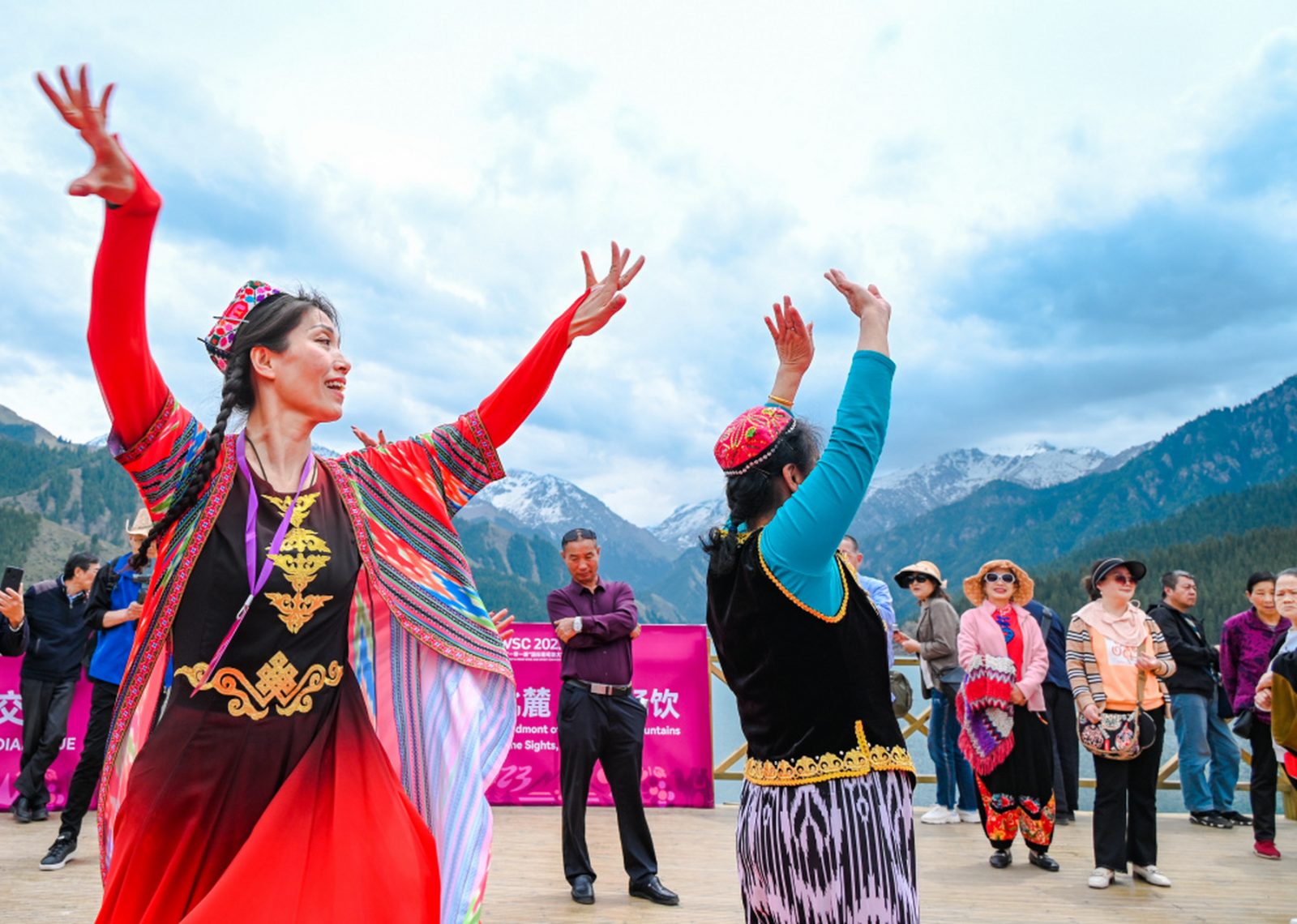
Understanding Xinjiang’s Geography and Key Features
To truly appreciate the grandeur of Northern Xinjiang, it helps to understand its geographical context and the role of its defining features. The table below provides a quick overview:
| Geographical Feature | Description | Significance in North Xinjiang |
| Tianshan Mountains | A major mountain range in Central Asia, dividing Xinjiang into northern and southern halves. | Forms the backbone of Northern Xinjiang, influencing climate, biodiversity, and creating stunning alpine landscapes. |
| Junggar Basin | A large sedimentary basin, primarily desert and semi-desert, located north of the Tianshan Mountains. | Contains areas like Karamay (Ghost City) and provides contrasting landscapes to the mountainous regions. |
| Ili River Valley | A fertile river valley fed by melting snow from the Tianshan Mountains, known for its grasslands. | Includes lush areas like Nalati Grassland, providing rich pastures for nomadic herders and stunning scenery. |
| High-Altitude Lakes | Numerous pristine lakes formed by glacial meltwater at high elevations. | Sayram Lake and Heavenly Lake are prime examples, offering breathtaking reflective views and unique ecosystems. |
| Altai Mountains Mountain range in East-Central Asia, where | Mountain range in East-Central Asia, where Russia, China, Mongolia, and Kazakhstan converge. | Home to iconic Kanas Lake and Hemu Village, known for its pristine natural beauty and unique ecosystems. |
Northern Xinjiang is a destination that will etch itself into your memory. From the serene beauty of its azure lakes to the vastness of its emerald grasslands and the warmth of its diverse cultures, it’s a region that genuinely rewards the curious and adventurous traveler. The long drives, which I always encourage embracing, become an integral part of the narrative, revealing new vistas around every bend. My hope is that these insights inspire you to embark on your own journey to this incredible part of the world.
Recommended North Xinjiang Tours:
Northern Xinjiang Scenic Tour: Urumqi Keketuohai Burqin Hemu Kanas & Urho